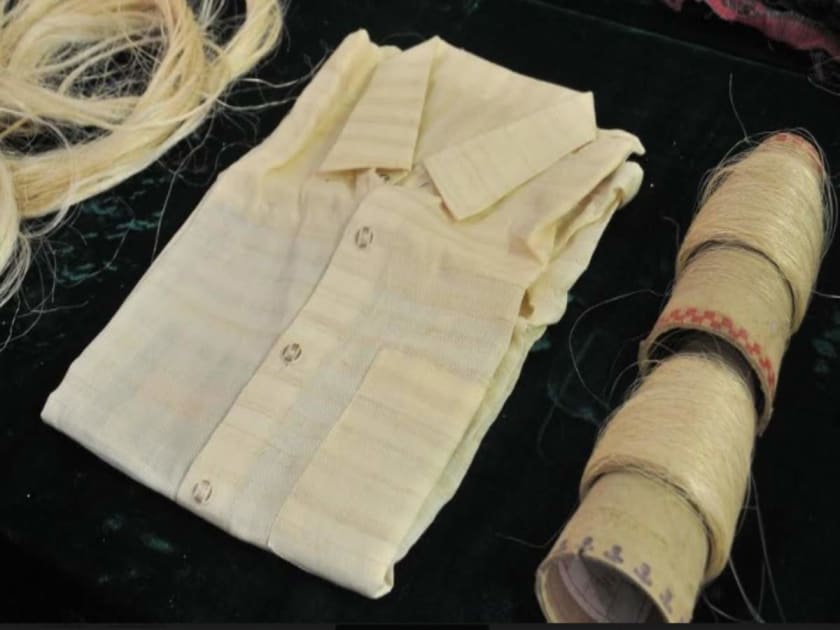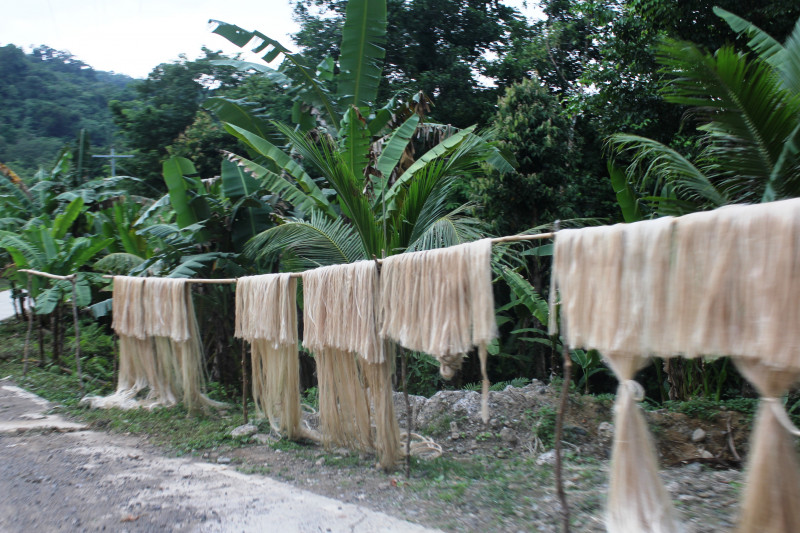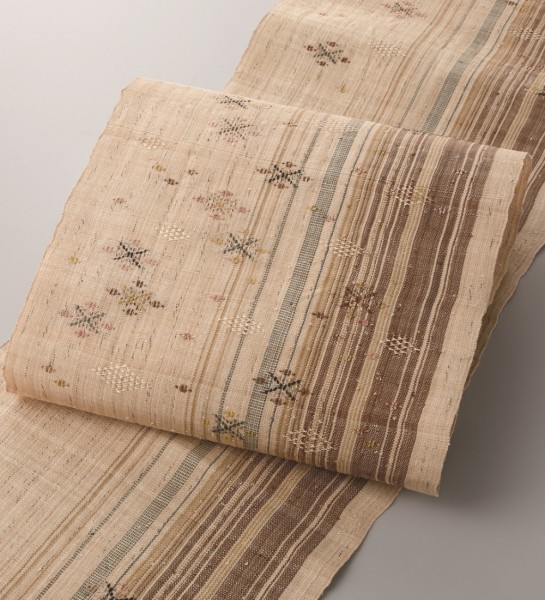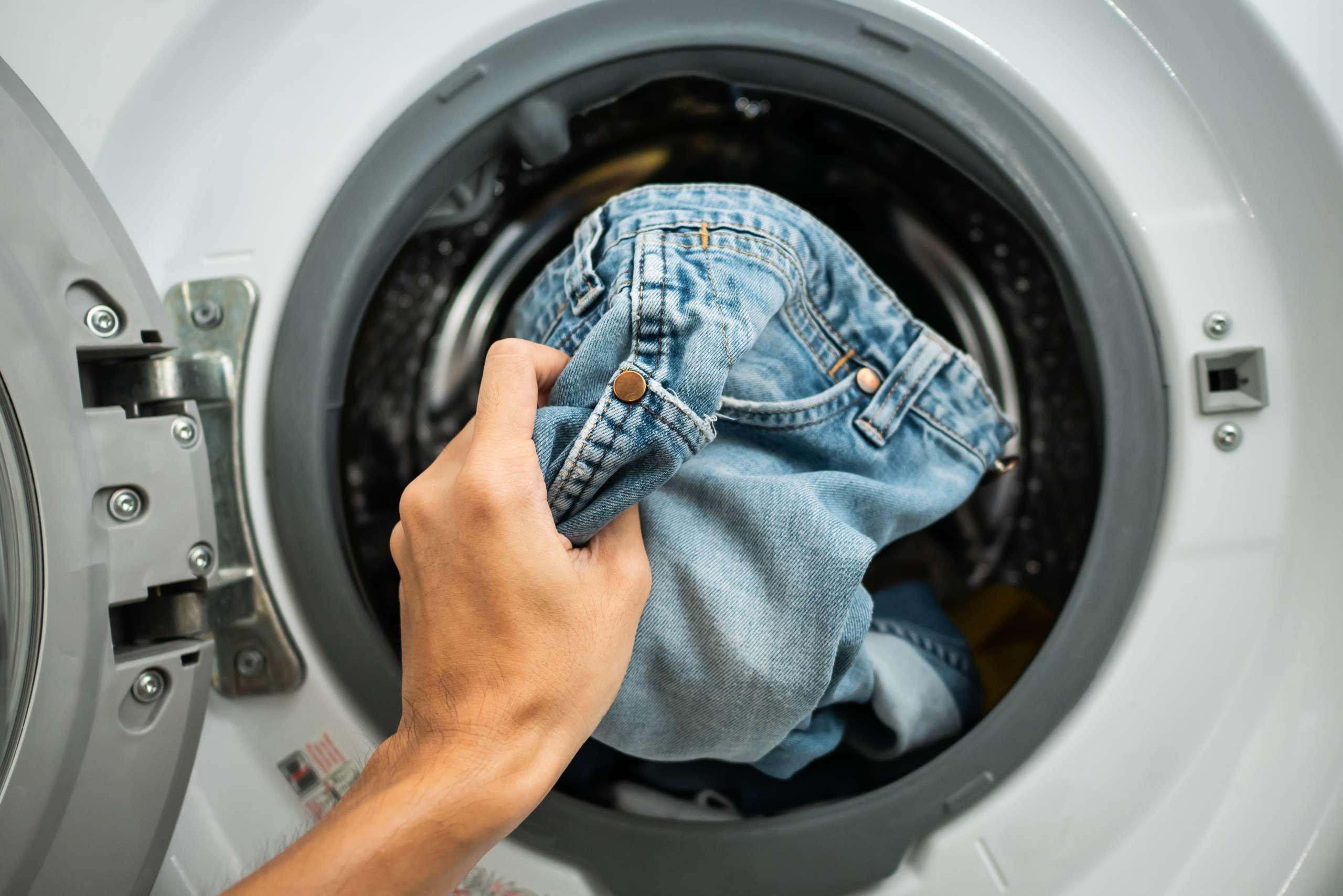Banana Fibre: Everything You Need To Know



Cotton, jute, rayon, nylon, silk – the list is never-ending. Due to the increasing demand, the textile industry has rapidly grown, both in natural and synthetic fabrics. Many synthetic ones were introduced as an alternative to natural ones to quench the demand and reduce manufacturing costs. But little did we know that these synthetic fibres were also the beginning of an environmental catastrophe.
Excessive water consumption, tremendous amounts of chemicals, and hazardous protection processes rained hellfire on the environment. With this awareness, the textile industry is now leaning towards a wide range of plant-based fabrics like hemp or pina (pineapple leaf) and banana fibre – which are sustainable and eco-friendly.
What Is Banana Fibre?
Yes, you guessed it right. As like the name states, banana fibre is made from bananas – not the soft and mushy product you eat, but the inner and outer pins filled with fibre. Like jute or hemp that produces a fibrous stem section, banana stems and their peels have fibres that can be converted into textile products. Although this practice has been there for several centuries, it has only recently caught the eye of the modern textile industry.
Characteristics Of Banana Fibre
The characteristics of banana fibre are as follows:
- Banana fibre allows you to breathe well, is naturally solvent, and keeps the body cool even on hot days.
- The fabric is soft and supple. It may not be as smooth as rayon or cotton, but it has a natural shimmer. It makes the material look like silk.
- Banana fibre in clothing feels comfortable and does not trigger any allergies.
- It is also fire resistant, heat resistant, water-resistant, and greaseproof.
- It is reasonably strong and durable, as the fabric uses tough outer material.
- Banana fibre is better than any other organic fibre in tensile strength and spin ability.
History Of Banana Fibre
The Philippines was the first place where banana stems and peels were used to make fabric. The productive island is home to a large number of banana trees, and the people of the area have been making banana fibre for centuries. Many other Asian cultures have experimented with banana-based fibres in history, including India. India has gradually replaced the Philippines as the world's biggest hub for banana fibre.
Advantages Of Using Banana Fibre
While there are numerous benefits of using banana fibre, here are its three main advantages:
- Low Impact On Soil Health: Unlike cotton, which needs tilling to re-fertilize the soil, banana trees re-grow in the same place. It also does not require additional water, land, or fertilizers, and the roots are strong enough to hold the soil in place, thus preventing landslides. Its low energy, low water consumption, and chemical-free fibre production has minimal impact.
- Non-Toxic: Banana fibres do not use or need genetically modified crops. Thus, they provide a sustainable livelihood for the farmers. Banana fabrics also do not contain dyes – so no chemicals can contaminate the local water supplies. It is safe for the wearer and does not cause any irritation or allergies.
- No Wastage: Banana fibre is made from parts of the banana tree and banana peel that is discarded if not put to use. Creating something valuable from anything that otherwise goes to waste makes banana fibre one of the best alternatives to several other synthetic and natural fibres.
How Is It Made?

The following are a few steps involved in the process of making banana fabric:
Step 1: Separation
First, the fibres from the banana stems and peels are separated from their non-usable components. Various techniques are used to attain these fibres, which involve soaking the peels in a chemical substance or water to soften and separate the fibres.
Step 2: Drying and Bunching
Once the fibres are separated, they are bunched together and left to dry. After this step, the outer and inner fibres are kept together, as it is hard to separate them when they are wet.
Step 3: Grouping
Once the fibres are dry, it is separated into various groups based on quality. Group A contains the best fabrics and is used for silk applications. Some manufacturers only have two groups, whereas others produce different grades of banana fibre.
Step 4: Spinning and Weaving
Finally, the separated fibres are spun into yarn. It is dyed, treated and then woven into accessories, clothes, decor items, or industrial products. This process was earlier handmade, making it harder to process on a larger scale. It is where machines come in.
Using machines for producing banana fibre has many advantages, like the following:
- It helps reduce intense and heavy labour work.
- Machines ensure 50 times more production compared to the manual process.
- It is economical and user-friendly.
- It is safe to operate and needs less maintenance cost.
- It can produce up to 30 Kg of banana fibre per day.
- It gives you consistent and quality fibre in terms of softness, length, colour, and strength.
Types Of Banana Fibre
There are two main types of banana fibre – outer peel and inner peel. However, when combined with other natural fibres, they form new materials. Here are those four most common types:
1. Outer peel banana fibre: This course and rough fibre has been used for centuries in industrial applications. It is also perfect for ropes, mats, and thick outerwear and garments.
2. Inner peel banana fibre: This banana fabric is super soft, just like silk. It is reasonably delicate and is very expensive to produce.
3. Banana silk: This fabric is not a banana fibre and silk mixture. It is just another term for the inner peel banana fibre, which is similar to the properties of silk.
4. Banana cotton: The high-grade fabric from the outer banana peel is also called banana cotton. It has a texture like cotton, and the two have many other similarities.
Uses Of Banana Fabric

Banana fibre is used to make different things depending on what it is made of – peel, inner peel, or stem. The inner lining is soft and used for silk-based fabrics. It is an alternative for garments made from silk, like shirts, blouses, lingerie, gowns, slips, evening wear, or robes. Other than garments, banana fibre is used to make the following:
Accessories: You will find that banana fibre is used more frequently in making accessories. Gloves, hands, and scarfs made from banana fibre have gained popularity.
Decor: In earlier times, the lack of technological development limited the use of banana fibre for rough applications like ropes, doormats, or wall leaves. The enhanced use of this fibre is still a staple in tropical-themed decor items.
Automotive Industry: The second-generation Mercedes-Benz A-class was introduced with a spare tyre covered in polypropylene, compost material, and thermoplastic embedded with banana fibres. This mixture had high road resistance and tensile strength making it withstand strikes or environmental exposure like water, UVB/UV rays, and a few chemicals.
Sanitary Napkins: The International Institute of Environment and Development launched a programme to educate women in Africa (Rwanda) to make environment-friendly and low-cost sanitary napkins using banana fibres.
Conclusion
Banana fibre has an impact on the environment. The production of banana fabric falls in a category among natural fibres with its extreme sustainable property. The material uses fibres from the parts that go waste as only the fruit is used. Turning them into clothing reduces the waste and the demand for processing chemical-induced synthetic fibres.
With the rise in popularity of banana fibre in the textile industry, finding safe, sustainable, and organically manufactured banana fibre can be a challenge. It is where Fashinza comes in. We are a leading apparel manufacturing platform that connects fashion brands to experienced manufacturers to keep the fashion supply chain production moving, no matter where you are. We cover everything from ordering, tracking, communication, and payments and even provide you with daily updates about the production so that your process can be more transparent, genuine, and hassle-free.
FAQs
How to take care of garments made from banana fibre?
It is best to steam iron your banana fibre garments. Steaming the products with gentle iron or other steaming products will revive any creases or wrinkles. Wash by hand or put into the washing machine in cold water. If the fabrics are made with a blend of other materials like silk or cotton, take care of it as other similar fibres.
Which country is the largest producer of banana fibre today?
India is the primary producer of banana fibre today as it is trying to focus on organic and sustainable practices. The country makes about 28,400,000 tonnes of banana fibre per year.



















